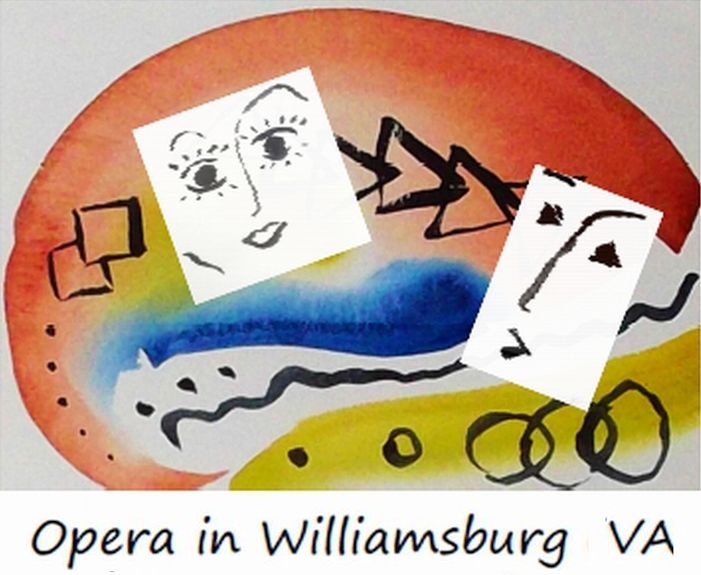Talk by Maestro Jorge Parodi about Puccini’s La Boheme and its Musical Characters, May 6, 2020, with soprano Catalina Cuervo (Musetta) and baritone Suchan Kim (Marcello)
Bohème is one of the most beloved and most performed operas for many reasons. We love the story that is about everyday people and about events that are simple and extremely appealing and identifiable to the audience. The characters are quickly fully developed, they are lovable and endearing, it has wonderful dramatic moments that contrast high comedy with heartbreaking suffering, but most importantly it has unforgettable melodies with the most refined orchestration. The music of Bohème is what makes its great story a masterpiece. Puccini knows how to make us fall in love with the characters, enter their world, participate in their relationships, and partake in their memories.
In the opera we witness a year in the relationship of two couples, one that has a preceding history, Marcello and Musetta; and another couple that meets in the first act, Rodolfo and Mimi. Coming from the Wagnerian tradition of leitmotifs, Puccini assigns musical themes to each character, and to some key events in the story. A leitmotif is short, constantly recurring musical phrase associated with a particular person, place, or idea. But Puccini’s use of the leitmotifs is less self evident than in Wagner and often we don’t even realize they are there, yet we perceive -sometime at the unconscious level- the familiarity of the character or the situation because of the use of the motif.
I talked in my last meeting about Mimi’s introductory theme. This is how is sounds when she first knocks at the door:
And here at the beginning of her aria, right as she says “They call me Mimi”:
When later in the final act Mimi comes back, we hear it modified, showing that she is not feeling well:
There’s several other themes associated with Mimi that will come back often during the show, but one is particularly important because it’s related to her personality. It’s a gentle melody that first appear when she talks about what she likes: spring, flowers, warmth and poetry (aka Rodolfo):
Several years ago I was talking with the great Renata Scotto at her apartment and she said “here is when the aria really starts, because this is Mimi’s true spirit”. This theme appears when Rodolfo introduces Mimi to his friends:
And it will appear several times during the whole show.
Rodolfo also has several themes associated with him, most of them appearing in his famous aria “Che gélida manina”. Here is the first one:
This theme will appear later in the show, not necessarily to remind us of Rodolfo (although he will be present at those moments) but rather to create familiarity and affinity between the characters and the audience, like at the end of the first act, in the love duet between Mimi and Rodolfo. We will hear it again later when I play a video of this suet.
Another theme for Rodolfo is this important theme that later appears in his aria, right when he singes the high note! It is impassioned music to underscore his excitement about having met Mimi:
This wonderful theme will appear often throughout the opera, and in the masterful Puccini style, often without us noticing.
Here it is at the beginning of the first act love duet (notice towards that the end of the duet is the music for “Che gelida manina”) — see this video clip:
https://youtu.be/QNAj88riHXs
There is a theme associated with Mimi and Rodolfo first meeting, it appears in the middle of their first duet when they are looking for Mimi’s keys that she has dropped on the floor. Because it’s dark in the garret, they cannot find the keys:
In fact Rodolfo says at the beginning of his aria “what’s the point of looking, we cannot find it in the dark”. This music will appear again only at the end of the opera, when Mimi recalls their first meeting. This theme is one of the few that are associated always with the same event, so we could call it the ‘Search Theme’.
Other characters also have their own themes. Shaunard makes his first entrance with the melody that will be always associated with him, a theme that is youthful and exciting:
Also Musetta’s first entrance is underscore by her theme with a playful and coquettish musical gesture:
I would like to end with the final scene of the opera, but not the whole thing, because I don’t want to give out the ending. I’m sure we’ll recognize all the musical phrases that bring the opera full circle and reveal the memories recurring in the minds of the lovers:
(stop at 8:30 if you don’t want to see the end!)
